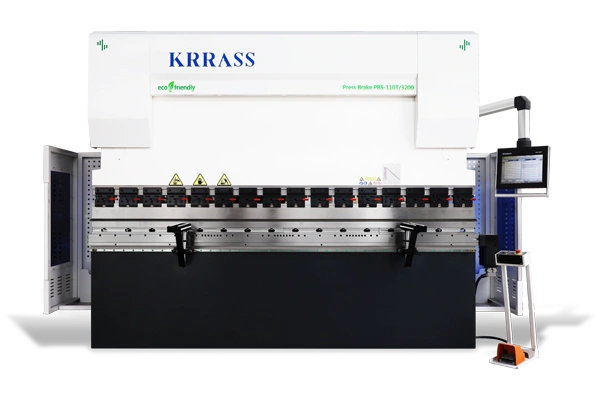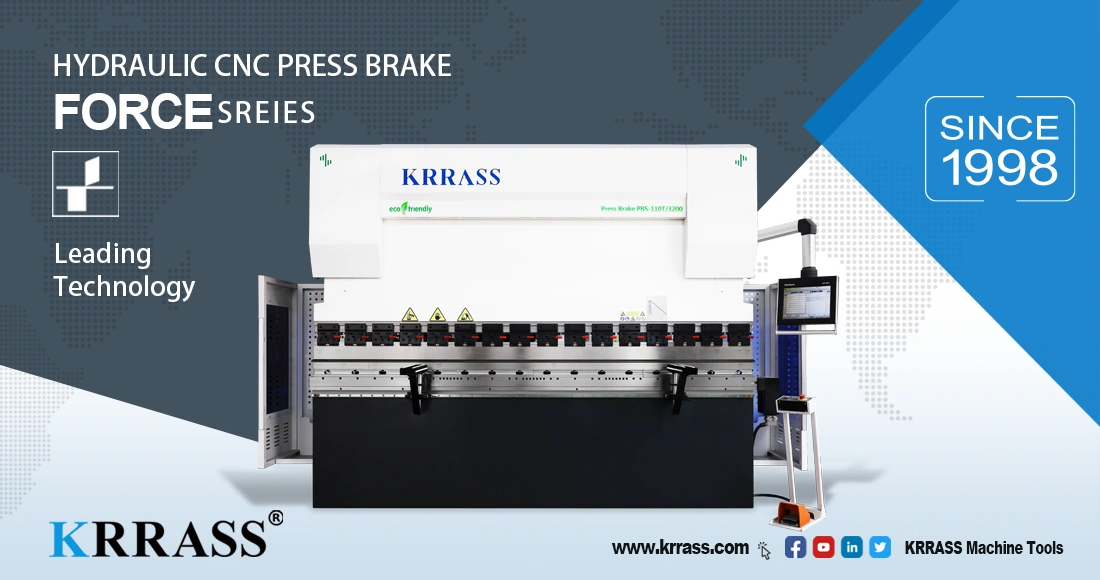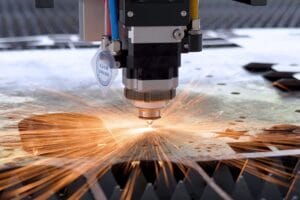We know that there are many metals in the world that have good ductility, which allows metals to bend under limited conditions. Therefore, many metals with better ductility can be processed into certain shapes and sizes and are widely used in our lives. In these metal deformation operations, the flat metal plate must change its shape if it wants to bend. There are many devices on the market that can do this, but one of the most common devices is press brakes.

What is a press brake?
Press brakes are manufacturing equipment used to bend sheet metal in production and life. The body of the press brake is usually narrow and long, so it can bend some large sheet metal. Press brake bends the sheet metal by lowering the upper die of the slider to the metal plate that has been positioned above the lower die of the workbench. According to the production needs of the workpiece, the metal plate can be bent several times by pressing the brake until it meets the required shape of the workpiece.
What are the types of pressed brakes?
Life experience tells us that it takes a lot of force to bend a metal plate. In order to obtain and transmit this force, the upper die can be lowered to the metal plate in several different ways. The method of applying force to the upper die may be pneumatic, mechanical, hydraulic, or electric. The method of applying force is usually included in the name of the press brake (such as hydraulic press brake, servo-electric press brake, etc.).
The amount of force that a press brake can provide also varies. On a press brake, it is called tonnage; it is the maximum bending force that a press brake can provide. Typically, the bending force provided by a hydraulic press will be very large, while pneumatic and servo-electric presses provide less force.
Different types of press brakes will also have different operating speeds and accuracy. Servo electric press brakes are the most accurate press brakes. In addition, pneumatic and servo-electric press brakes are usually more efficient than mechanical and hydraulic press brakes.
What should be considered before using the press brake to bend metal?
The press brake can perform different types of bending operations on various metal sheets. When setting up the bending process, the most important thing is to consider the type of metal to be bent, the mold, and the size of the bending force.
Knowing the type of metal is especially important because different metals have different physical properties. For example, high carbon steels are often more difficult to press brakes than many aluminum alloys due to differences in ductility and toughness. Usually, depending on the type of metal, a minimum bending radius is recommended, and metal materials can be bent within a range of no less than this value without damage.
The upper and lower dies used on the bending machine have a great influence on the bending process. The lower die is hollow, and places the metal plate to be processed on it before bending. The lower die is a very hard and strong material, and the shape is usually relatively close to the bending shape required by the metal to be bent. The upper die is a stationary material that can be pressed down on the metal plate. Since the pressure on the metal plate and the lower die by the upper die bends the metal plate, the shape of the upper and lower dies must be suitable for bending operation. The shape of the press brake to bend the metal depends on the size and shape of the upper and lower dies. Upper and lower dies are usually designed to be easily interchangeable to suit various production operations.
Common fields of application of press brake:
- Automotive panels
- Airframes
- Furniture
- Metal artwork
- Metal containers
- Many other sheet metal forming applications
Learn more about our products, please visit and subscribe to our Youtube channel





